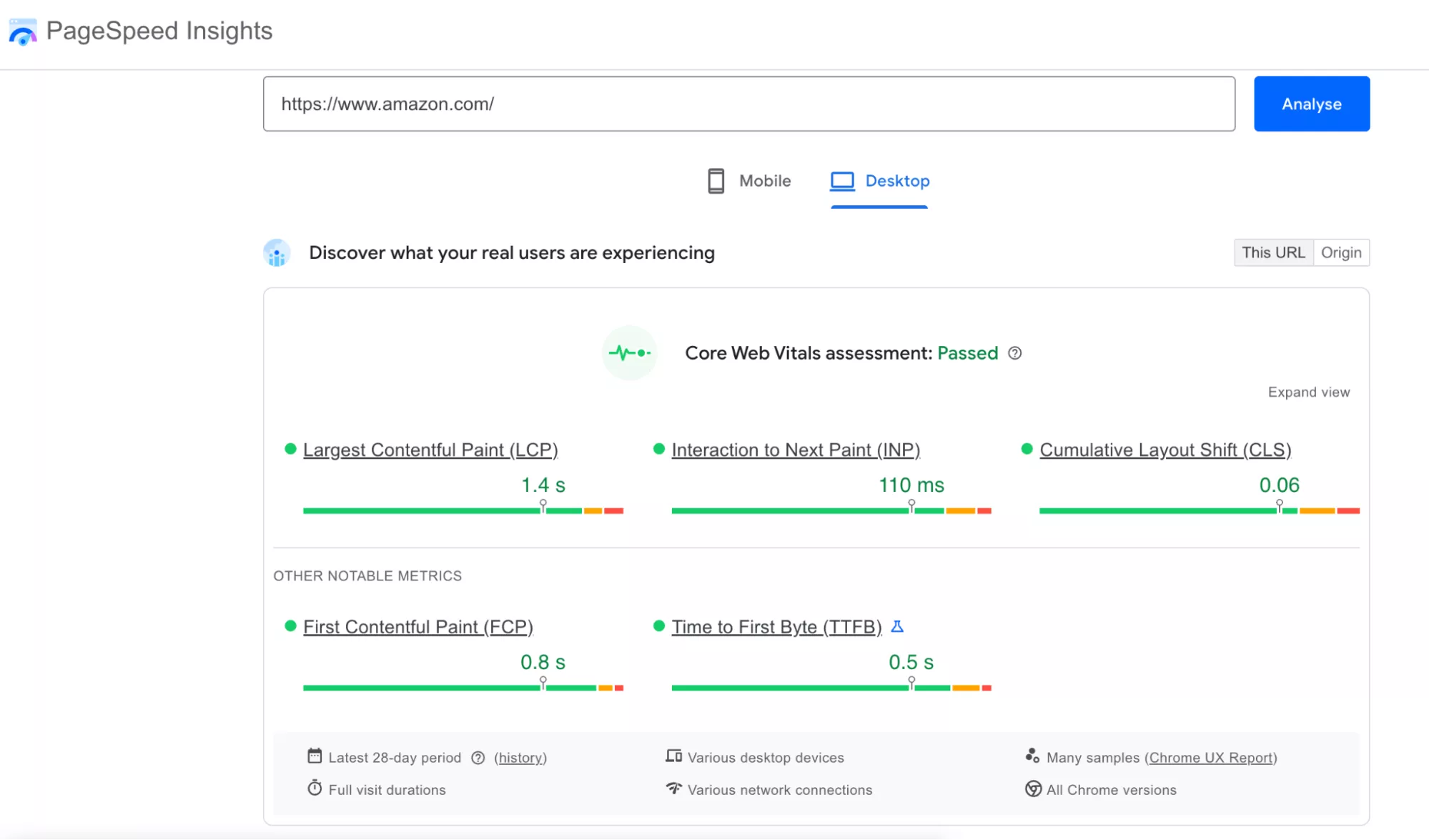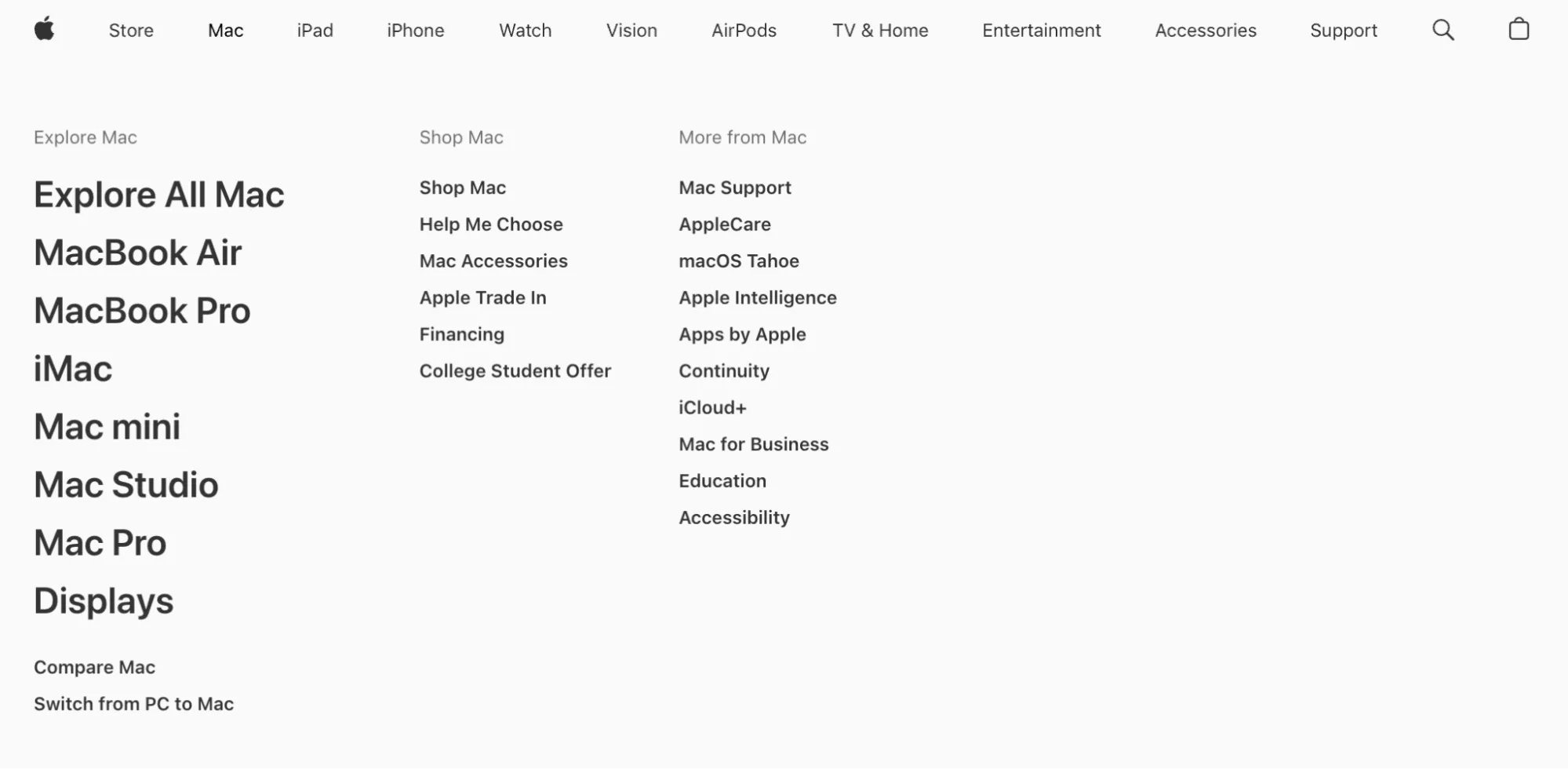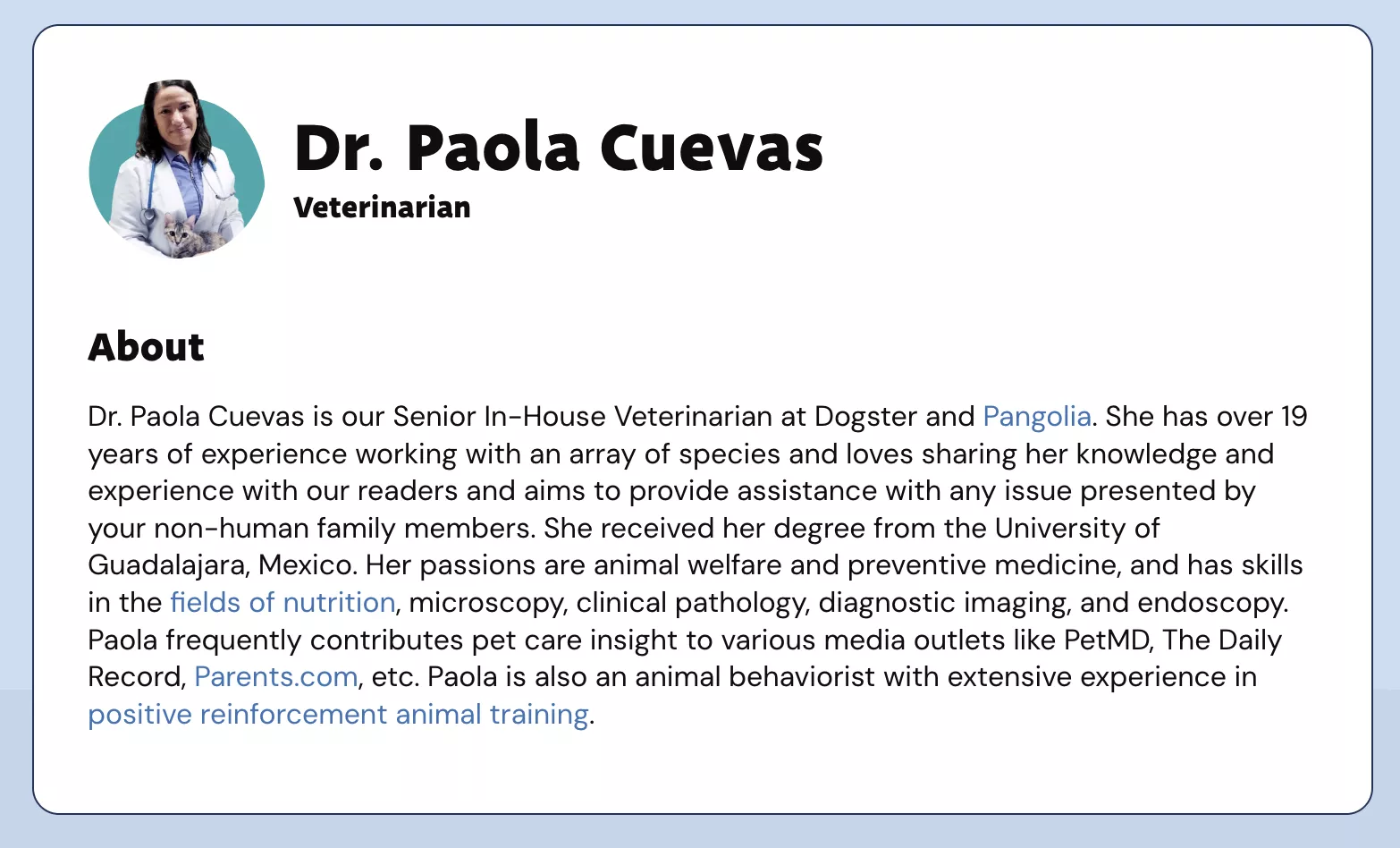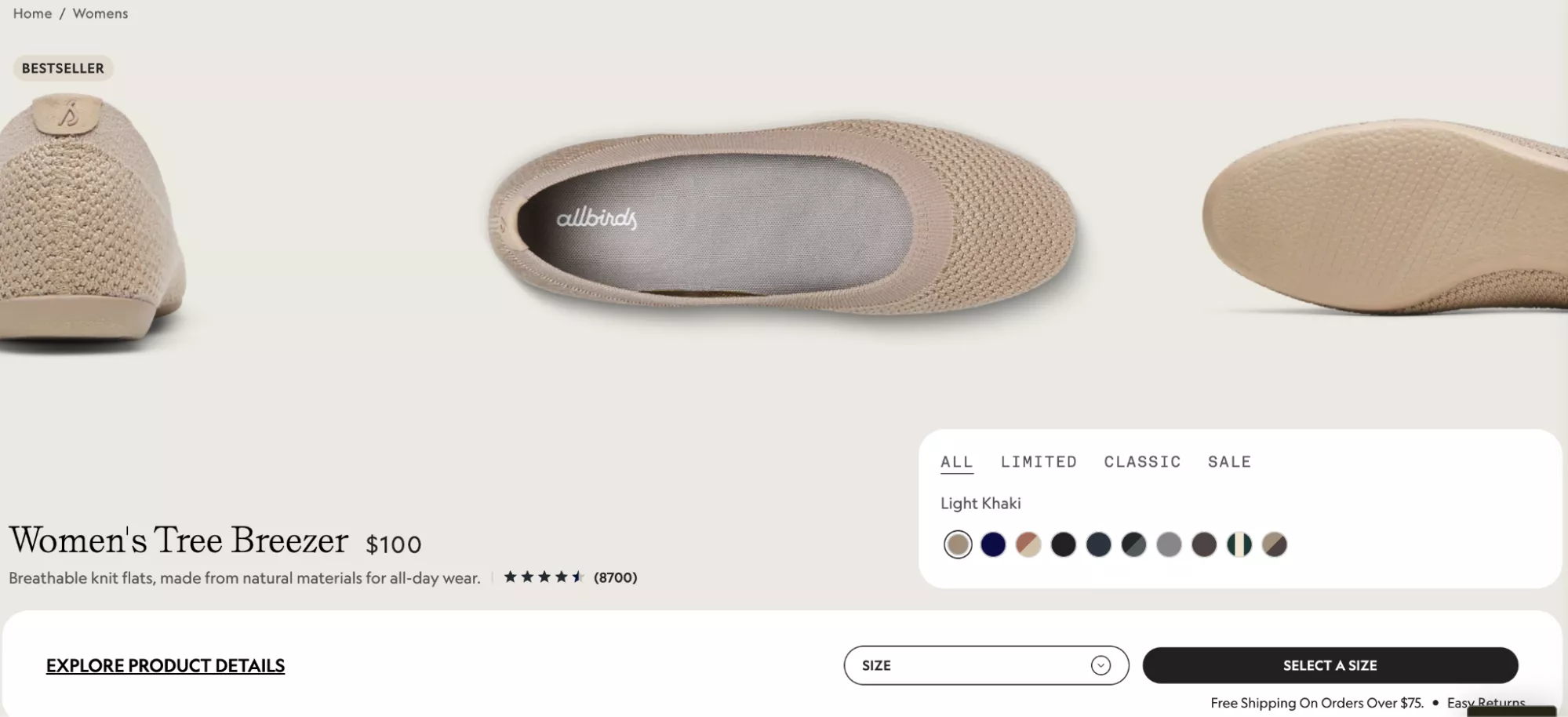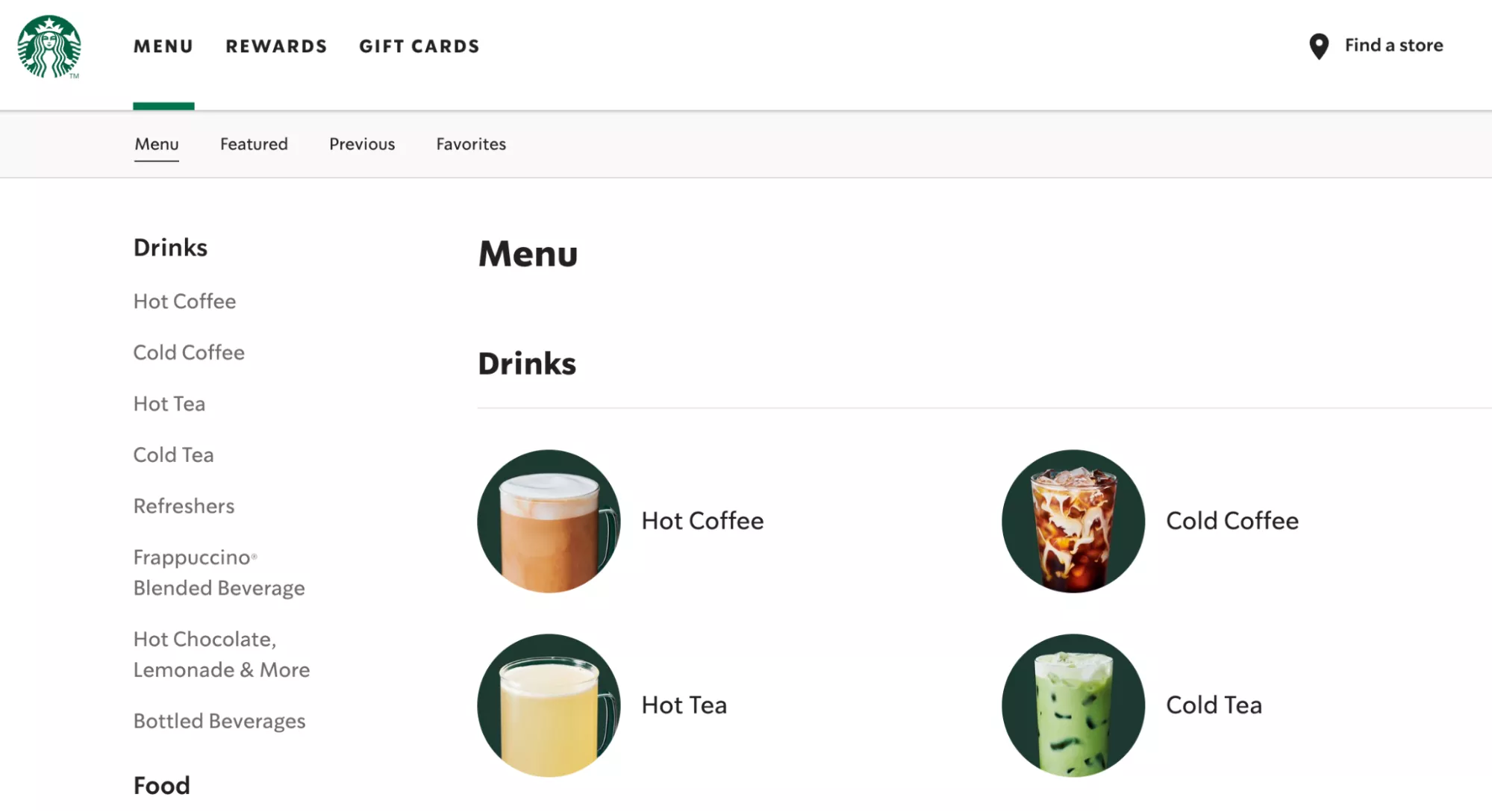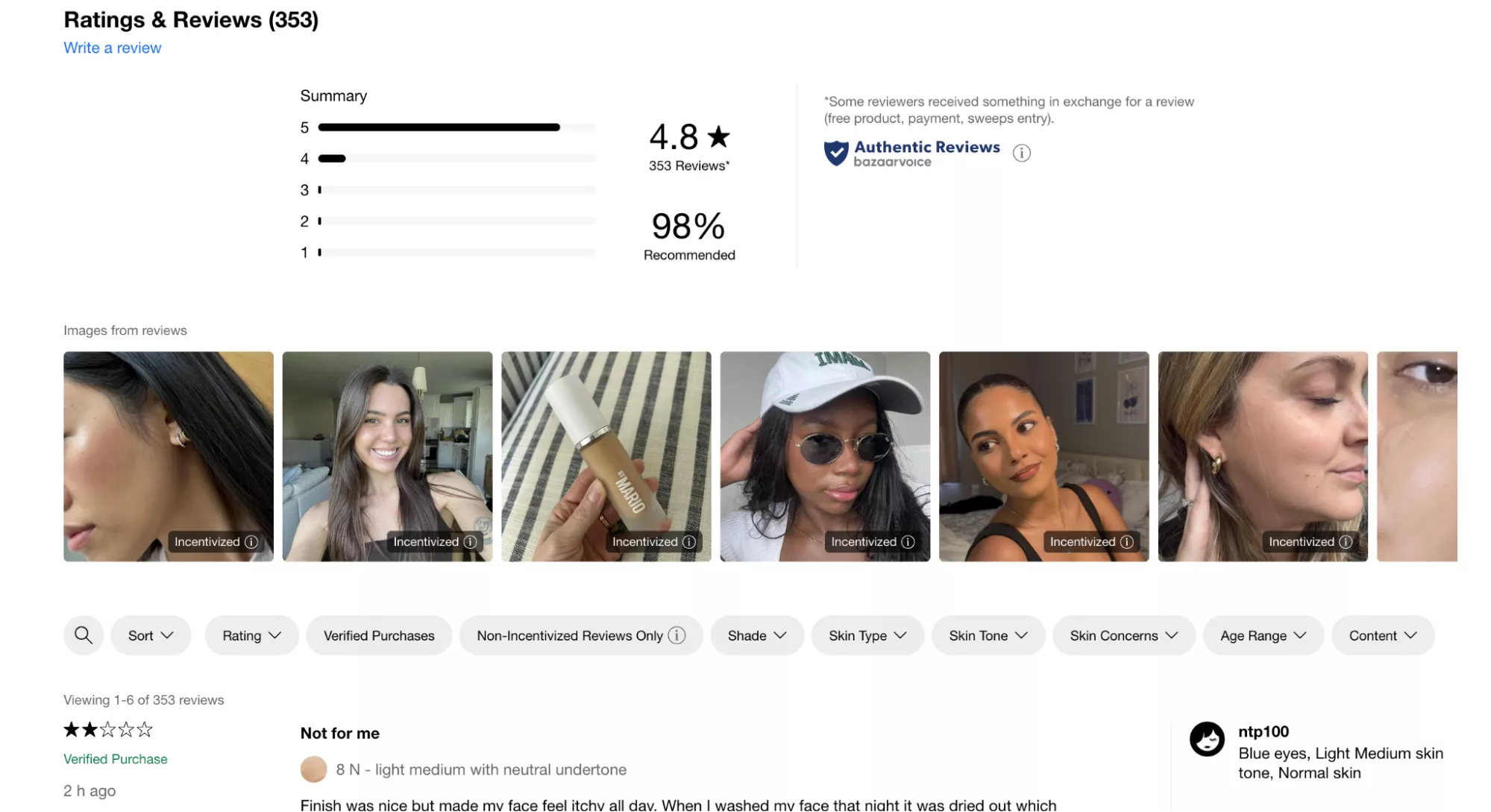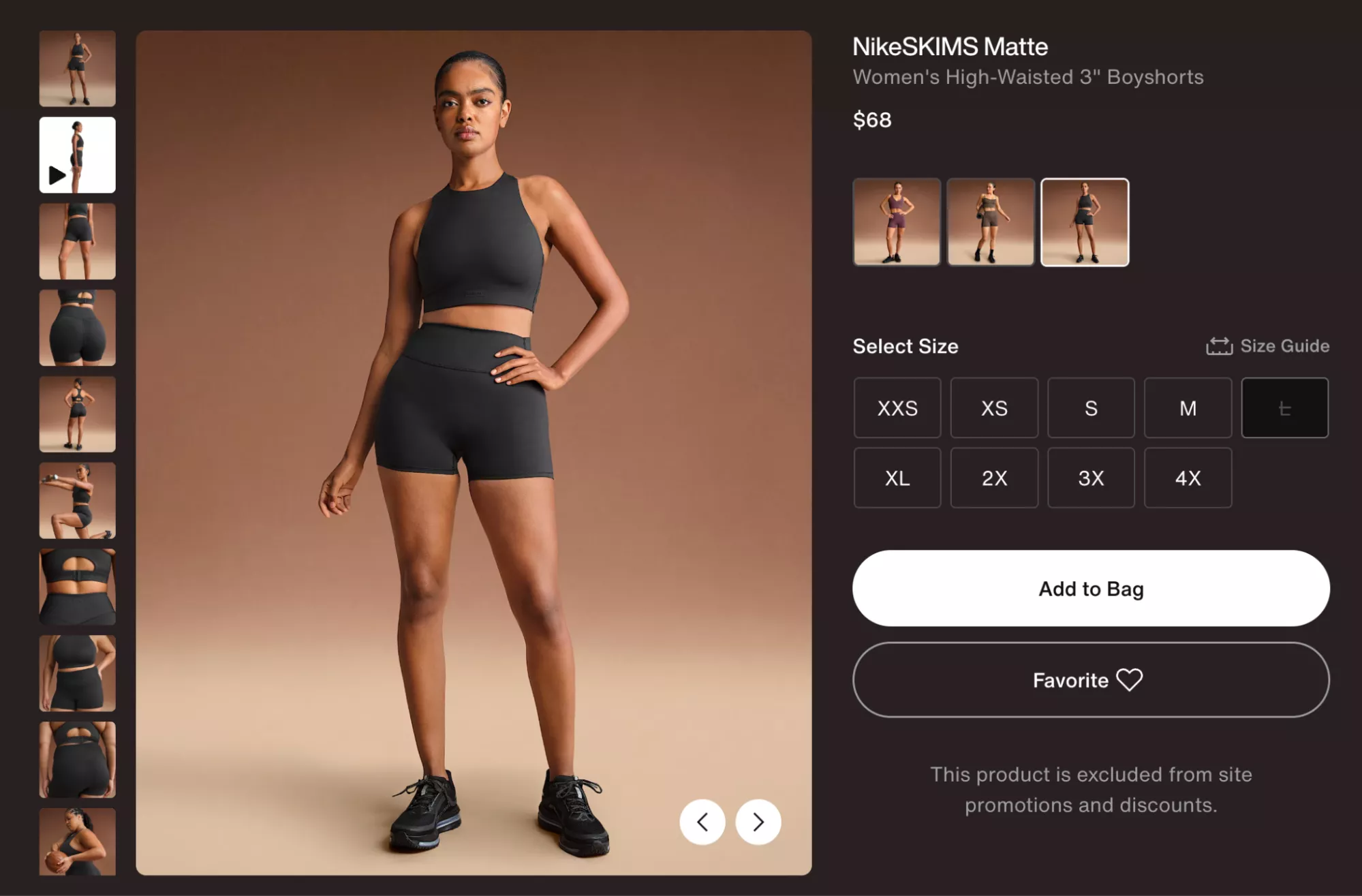Big brands spend millions cracking the SEO code, but you can adopt their effective strategies for free just by observing examples of SEO that work.
The biggest stars all steal a little magic from the greats. For example, Benson Boone takes a page from Freddie Mercury — just look at his mustache and stage moves! At Coachella, he proudly waved the flag of inspiration by bringing Queen’s legendary guitarist Brian May to jam with him.
So, it's your turn, superstar, to learn from the top-tier website SEO examples! Let’s explore together what’s required to adapt successful SEO examples on your website. The result is worth it: more visitors who stick around, and, yes, real revenue growth.
Why Copying the Smart Moves Actually Pays Off
Almost every online business does search engine optimization, but who’s really nailing it? The answer is simple: just look at the search results. At the top are the ones putting in the most consistent, strategic effort. Their hard work is worth emulating.
Let's be honest — we don’t have time (and need) to reinvent the wheel. Monitoring what works for other websites is just smart business.
I chose some big brands to highlight the best tactical and strategic SEO examples to copy. Let’s learn together what they did to make Google and visitors happy. Because when these two love some website, they bring real business results: more people, more clicks, and more customers.
Let’s borrow the playbook from those who already nailed it.
Tactic SEO Examples: Learn from the Big Fish in the Pond
Here are some SEO tactics that are especially powerful, along with real website examples to illustrate them. Each one has a lesson for your business.
Fast Page Speeds — Amazon Is the New Usain Bolt
Nothing kills the vibe faster than a slow-loading page. According to WebFX, 83% of users expect pages to load in three seconds or less. People don't have the patience to sit and stare at a blank screen for as long as you want them to.
That's why you need to practice page speed optimization. According to Nostra.ai, even a 0.1-second improvement in page speed can increase conversion rates by 8%. That's really impressive!
First, check your website using Google’s PageSpeed Insights tool. You’ll know the performance scores for mobile and desktop. PageSpeed Insights uses a color-coded system: green (good), orange (needs improvement), and red (poor).
For example, Amazon is all green.
If you're not doing great, PageSpeed Insights will give you recommendations on how to improve performance. I’m sure Amazon guys had their list too and worked hard to achieve the best result.
SEO tips to improve your page speeds:
-
Compress images without losing quality. Large images are the #1 culprit for slow pages. Use tools like TinyPNG, ShortPixel, or ImageOptim to shrink them.
-
Leverage browser caching. Store static resources (images, CSS, JS) in visitors’ browsers so repeat visitors load your site faster.
-
Minimize HTTP requests and redirects. Every redirect or extra file slows things down. Combine CSS/JS files and remove unnecessary redirects.
Let us know if you need help with this. We'll perform a technical audit of your website so you'll have this task out of your mind.
User-Friendly Navigation — Apple Makes Things Simple
Think of your website like a well-organized department store. Customers don’t want to wander around, hunting for what they came for. You need to give them a clear map. The website should be designed so that every new visitor can intuitively find what they need.
Search engines also love easy navigation. A clear structure helps Google understand the relationships between your pages and index them efficiently.
Apple nailed it. Their top navigation bar is crystal clear: hover over a tab, and a neat dropdown shows every subcategory.
SEO tips to improve your navigation:
-
Keep menus logical.
-
Use dropdowns to group related content.
-
Add breadcrumbs so users can backtrack without frustration.
-
Monitor actual user behavior with Google Analytics, Hotjar, or Microsoft Clarity.
EEAT Optimization — Dogster Showing Up Authors
In SEO, EEAT — Expertise, Experience, Authority, and Trust — is like the VIP pass. Especially if you’re in finance, health, or any industry where people care about credibility.
According to Google, sites that demonstrate EEAT consistently rank higher. And users are more likely to stick around, click, and convert when they trust the website.
One of the key aspects of EEAT is having experts write the content, as mistakes can cost readers money or their health.
Take the online dog magazine Dogster, for example. They show who’s behind their content by creating author pages. There, we can read about the education, work experience, and specializations of the people giving advice about our fur babies.
SEO tips to improve EEAT:
-
Make sure all URLs are secure (HTTPS).
-
Share case studies, personal stories, or hands-on knowledge to prove you’ve actually done the thing you’re writing about.
-
Get backlinks from authority sites. The company you keep matters — Google values you more if respected domains vouch for you.
Informative Product Page — Allbirds Nails Content
Google makes sure that product pages with keyword-rich product descriptions and structured data rank higher for both branded and non-branded searches.
However, Google also pays attention to whether consumers are satisfied with product pages. Think of your product page like a first date. You want to make a great impression, answer all the important questions, and leave the person wanting more.
Salsify’s 2021 Consumer Research Report revealed that high-quality product pages are the primary reason why buyers trust brands. I can agree with that because I’m in love with Allbirds, a brand with the greatest product pages.
Their high-quality images and videos are so good that I can almost feel the texture through the screen. Plus, I can see the price, reviews, colors, and sizes right away. They also include care instructions and information about environmental impact.
Showcasing corporate social responsibility on your website is like saying, “Hey, we don’t just sell stuff — we actually care about the world too!”
SEO tips to improve product pages:
-
Use long-tail keywords that describe real features and benefits. If someone searches “breathable knit flats,” make sure your page says exactly that.
-
Put product names in your URLs, headings, and descriptions. If it’s in bold on your site, it’s bold in Google’s eyes too.
-
Add Product Schema. Think of it as handing search engines a cheat sheet so they instantly know what your product is about.
-
Add FAQs. It’s like giving shoppers (and Google) a crystal ball: you already know what questions are coming, and you’ve got answers ready.
Internal Linking — TripAdvisor Helps to Discover
Think about internal linking like connecting rooms in a house with hallways — it helps visitors (and search engines) find their way around.
Internal linking helps people stay longer, because they can click around and easily explore related content. Search engines like it too — they crawl sites by following links, so all important pages will get noticed.
One of the best SEO examples is TripAdvisor. When you open the page “The Best tour in Florence: Renaissance & Medici Tales”, you can see all the needed information, but while reading, you also see sections with links to other articles: “Similar experiences”, “Get more from your trip”, “Top rated”, and “More to explore in Florence”.
All these internal links are very useful both for customers and search engines.
SEO tips to improve internal linking:
-
Use short, readable URLs that describe the page.
-
Don’t throw links everywhere — connect pages in a logical flow.
-
Avoid over-linking — focus on guiding users naturally through your content.
UX\UI Design — Starbucks Creates Effortless Interaction
If your site is easy to use, people stay longer, and don’t bounce back, that’s a strong signal to Google that your website deserves higher rankings.
Good UX/UI is a direct way to have more conversions and customers.
According to Baymard reports, every $1 spent on UX design can yield a whopping $100 in return. That’s something, isn’t it?
A lot of big brands nail UX/UI, but Starbucks can give them a masterclass. Clean visuals, readable fonts, plenty of white space, and mobile responsiveness all together make the work done.
Pages aren’t crowded; this makes the content digestible and highlights important actions like “Order Now” or “Find a Store.” Users don’t have time to be bored — they click, explore, and order.
SEO tips to improve UX/UI:
-
Optimize your site for mobile and tablet, and test frequently.
-
Google can’t see your pics, so alt text whispers what’s in them. Bonus: it makes your site more inclusive.
-
Clean design, readable fonts, and clear headings keep visitors comfy and clicking.
-
Use Google Analytics or Hotjar to know where people scroll, stop, or give up.
Do you need an expert opinion on this? We can perform a UX audit of your website to ensure that you don’t lose money due to a poorly designed button.
Strategic SEO Examples: Look at the Big Picture
A top-tier SEO strategy isn't just one trick. You need to learn how to blend the right ingredients. I’ll share a few brands that mix things better than Gordon Ramsay — for their own good.
Sephora
Sephora stacks SEO tactics like building a Lego masterpiece — every piece fits perfectly. They nailed on-page SEO:
-
Internal Linking and Product Previews
-
Keyword-Rich Content
-
Trust Signals
Internal Linking and Product Previews
Brand created an active community where customers share their experiences with products. For example, in the article "Monthly Favorites: September 2025 Edition!", the author shared links to the products she wrote about.
The best part is that when you hover over the link, a small product card appears! This is great for search engines and even better for customers.
Keyword-Rich Content
When a person clicks the link, they visit the product card with a keyword-rich description, which naturally includes terms people search for, like “hydrating serum” or “long-lasting matte lipstick.” That's great for search engines!
Sephora creates keyword-rich category names that answer common questions, such as "What is the best foundation for oily skin?"
Google rewards content that satisfies user intent, and users stick around when they get clear answers. So win-win!
Trust Signals
Sephora allows you to share product reviews not only in the community, but also at the bottom of product pages. Every product has star ratings, verified buyer reviews, and user photos.
This builds E-E-A-T (Expertise, Experience, Authority, Trust) — users trust the site, and search engines see the page as authoritative.
Sounds interesting? We wrote a great article about another on-page SEO technics on our blog. Go take a look!
Nike
Nike runs a full-blown SEO powerhouse. And do it with so much style! They nailed:
-
Website Hierarchy
-
Product Pages
-
Structured Data
Clear Website Hierarchy
Nike’s website is organized like a well-trained athlete. When you land on Nike.com and want to buy sneakers, you’ll see its clear hierarchy at work. Each level targets specific keywords (e.g., “retro running” vs. “Nike LeBron 21”).
-
Main categories at the top: NikeSKIMS, Men, Women, Kids, Jordan, etc.
-
Subcategories inside each: New and Featured, Shop by Color, Shoes, Clothing, and Accessories.
-
Filters and sorting for size, color, style, athlete, and activity (running, basketball, lifestyle).
-
Product page at the very bottom level.
This structure looks like a tree with many branches: Home → Women → Shoes → Running → Nike Pegasus Premium.
Strong Product Pages
They have mastered product pages by creating great photos with different body sizes and videos 360, and providing detailed sizing charts and fit tips (like how a shoe runs wide or narrow). This is a great example of inclusivity in practice!
They answer most questions about the product before they were asked, which reduces returns and increases dwell time — all signals Google loves.
Structured Data
Nike added structured data (a special kind of code often called Schema markup) to all their web pages.
Without a schema, Google sees just text and pictures. Search engines need it to get super clear instructions about what’s on the page: this is a product, here’s the price, here’s the stock status, etc.
Schema doesn't change how your site looks to humans; it only adds information to Google search results. For example, when searching for "Nike Air Force 1," you might see the price and types of shoes in the snippet.
Takeaways from These SEO Examples
These "big fish in the pool" strategies combine content, technical SEO, UX, and trust. This means that you need to execute many SEO tactics effectively to see actual business results.
-
Users who find what they want quickly tend to spend more time on your site. Longer visits reduce bounce rates.
-
Visitors who stay longer and trust your site are more likely to take action, such as making a purchase, signing up, or contacting you.
Small sites can borrow big ideas — mirror what works and adapt it to your audience.
FAQ
What is SEO, with examples?
SEO (Search Engine Optimization) is making your website easier to find and rank higher on Google. Examples include fast-loading pages, keyword-rich content, secure (HTTPS) sites, internal links, and trust signals like reviews or author bios.
What is an example of SEO on a website?
Imagine a shoe store online: the product page includes “best running shoes for marathon training” in the title, URL, and description, images have alt text, the page loads fast, and it links to related guides. That’s SEO in action.
What are some good SEO strategies?
Use long-tail keywords, improve speed and mobile design, build internal links, add trust signals (E-E-A-T), use schema markup, design for good UX, build backlinks, and optimize for local search.
Why is SEO important for businesses?
SEO brings free, ongoing traffic from people who are already searching for what you offer. Done well, it increases visibility, trust, and conversions — unlike ads, the impact grows over time.
Related Articles
Segments vs. Audiences in Google Analytics 4: A Comprehensive Setup Guide
You will learn how to correctly set up custom audiences, allowing you to save time and gain insight into your audience
PPC for E-commerce: How to Buy Attention Without Going Broke
Learn how PPC for e-commerce can drive fast sales for your store without draining your budget. Smart strategies, beginner tips, and proven ways to scale profitably.
Personalization 2.0: Breaking the Deadlock of Cold Newsletters
Most leads in managerial positions receive dozens of similar messages every day. Below, I will present the algorithms and techniques that increased our partners' campaign conversion rates from 1% to 11%

